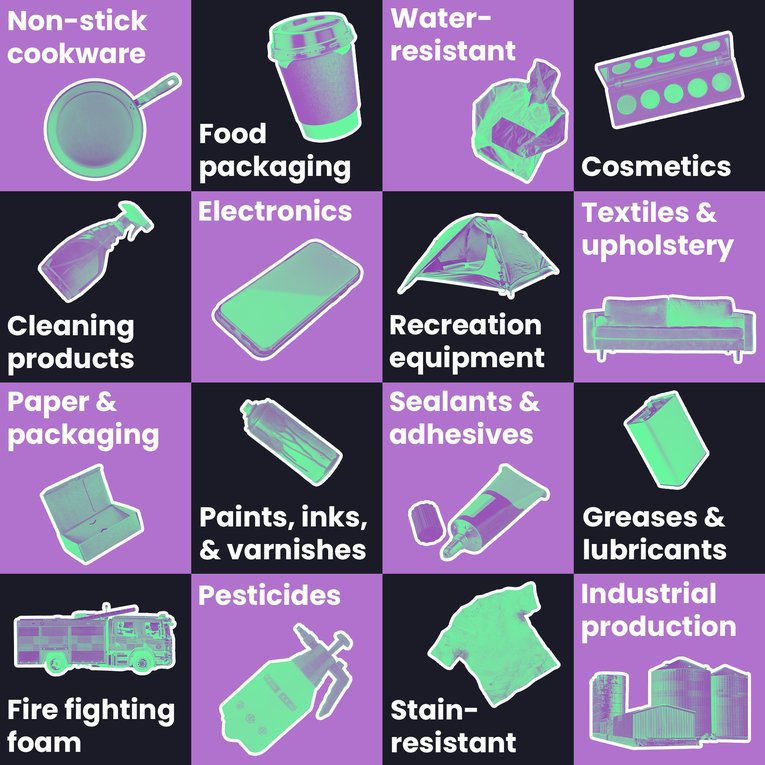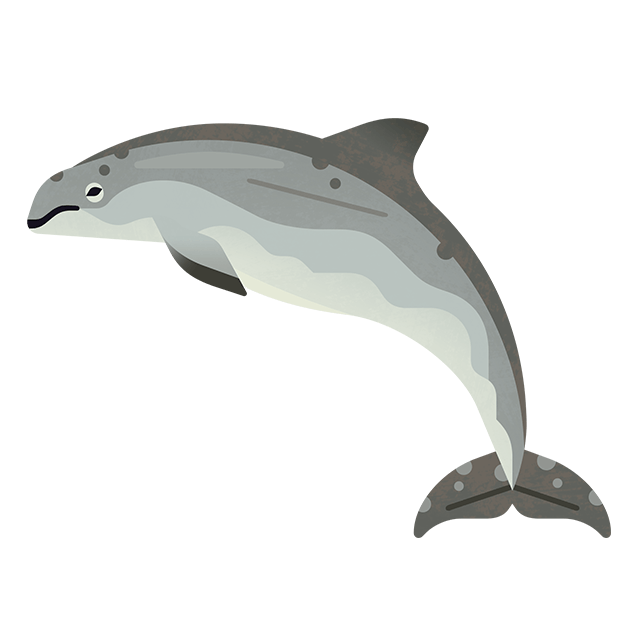
Sewage is more than meets the eye
2 minute read
You may have seen wet wipes or period products along the beach, but did you know about the invisible side of sewage pollution that’s also wreaking havoc on our ocean?
Sewage is more than meets the eye. It contains a wide range of completely invisible man-made chemicals that all have the potential to negatively impact marine life.
These invisible chemicals make clothing waterproof, cookware non-stick, furnishings flame retardant and pets free of fleas. They're entering wastewater every day and being directly discharged into our waterways and ocean.

There are estimated to be around 350,000 man-made chemicals on the global market today. Not all of these are necessarily bad, but it does make for a lot of uncertainty and potentially harmful chemicals and chemical mixtures.
One group of chemicals having a clear impact on our ocean is PFAS, or ‘forever chemicals’. They’ve been found in everything from plankton to polar bears, causing disruption to the health of marine life leading to illness. 'Forever chemicals’ are just the tip of the proverbial iceberg.
Chemicals in the environment
Recent data shows a selection of chemicals that are present in the untreated sewage flowing into wastewater treatment plants. These chemicals are being directly discharged into the marine environment in the form of invisible sewage pollution, with proven impacts on marine wildlife. These include:
- Chemical flame retardants like DBDPE (decabromodiphenyl ethane). DBDPE is one of the most commonly used flame retardants across the globe.
Effect: DBDPE has been shown to be neurotoxic in zebrafish and have hormone disrupting effects on mussels. It has also been shown to be passed to seal pups from their mothers. - Fipronil, an insecticide often used as a flea and tick treatment for pets.
Effect: Fipronil has been shown to have both lethal and sub-lethal effects (e.g. behaviour change) on aquatic invertebrates like shrimp and crayfish. - Bisphenol A (BPA) is a widely used chemical in thermal papers like receipts and tickets, as well as in the manufacture of plastics.
Effect: BPA is known as an Endocrine Disrupting Chemical (EDC) and has been shown to have hormonal and reproductive impacts on fish species.
These known effects are from just a handful of the hundreds of thousands of chemicals which are entering our ocean every day. This doesn’t even consider the effects they might have together – the so-called ‘mixture effect’.
How you can help
All of this is why we’re campaigning to Stop Ocean Poison and why we must achieve Sewage-Free Seas. You can help make this happen by joining our campaigns.



